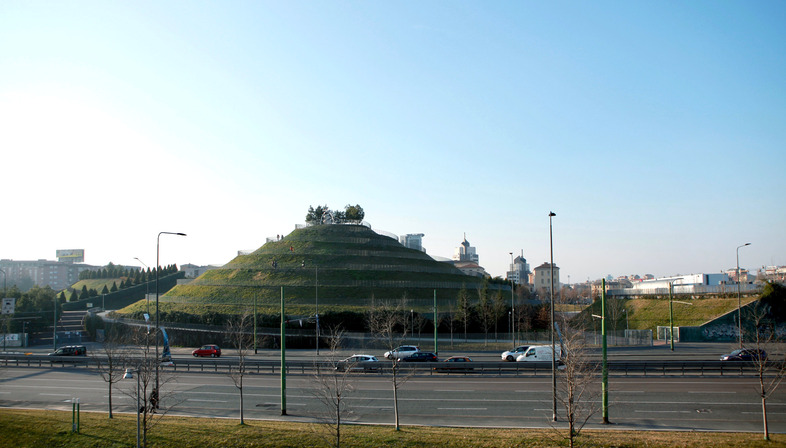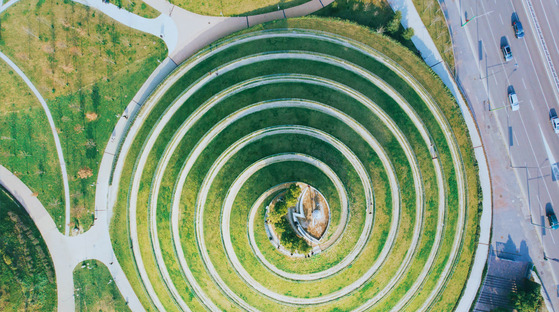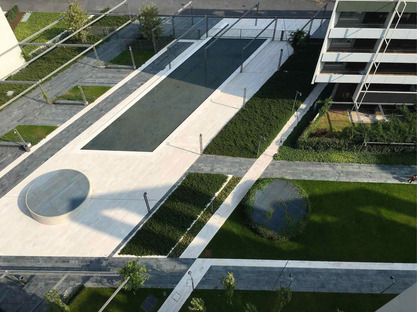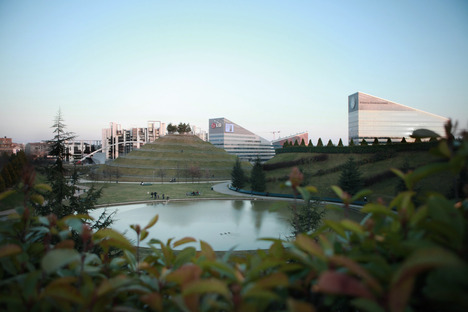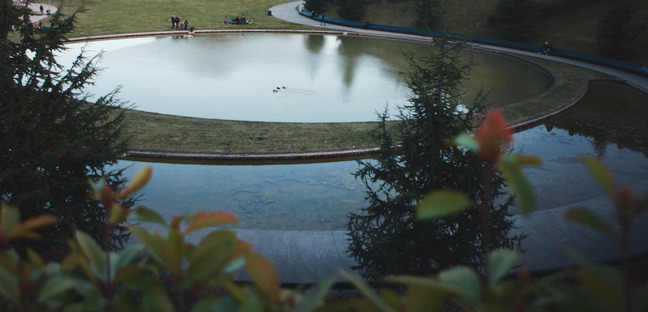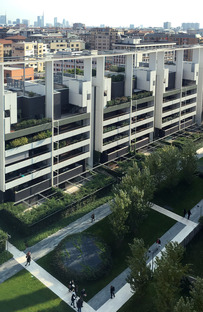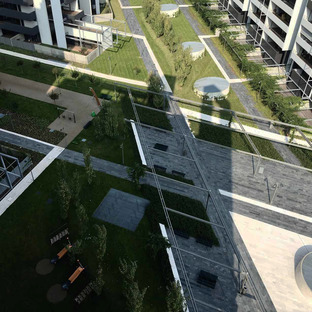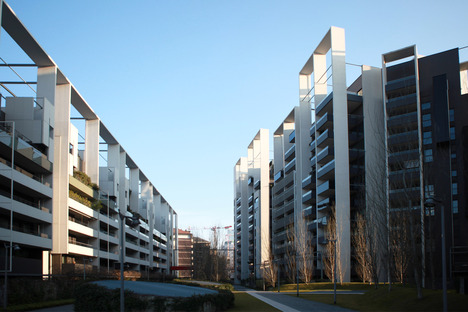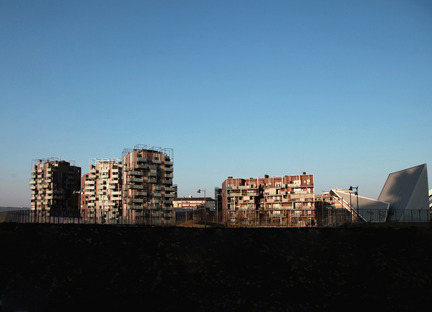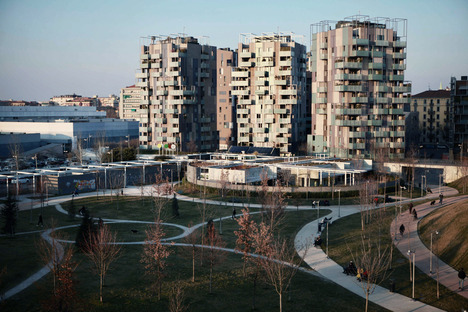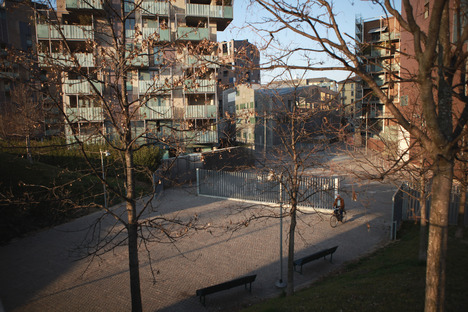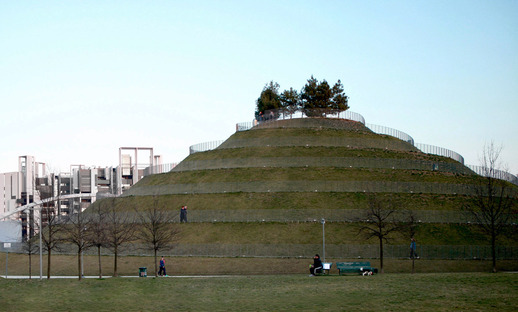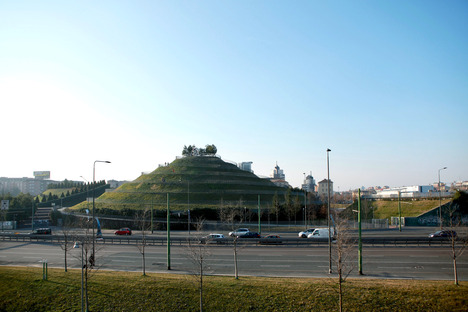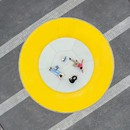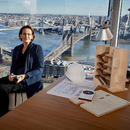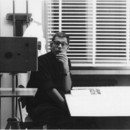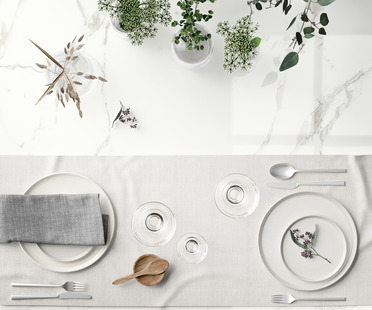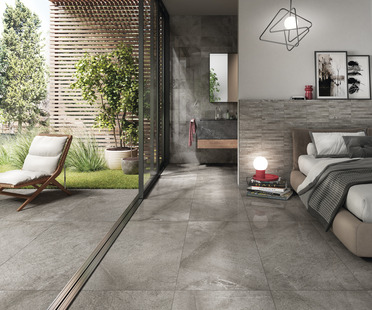27-03-2019
ONSTAGE: INTERVIEW WITH ENNIO BRION
Ennio Brion, Canali Associati, Cino Zucchi Architetti, Andreas Kipar,
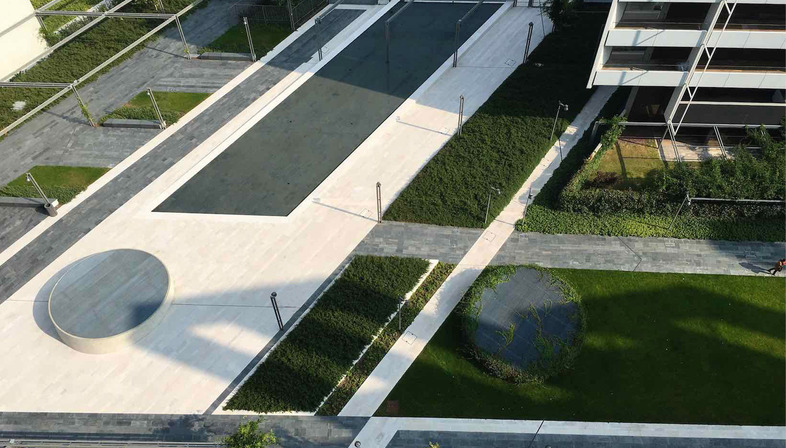
In the previous article, I wrote about urban archi-puncture interventions, which, emulating the traditional practice of Chinese medicine, intend through architectural manipulation to alleviate pressure points, releasing the compressed energy flows. The areas identified and chosen, where to insert the needles, are usually 'meridians', 'in-between' spaces, in need of revitalization, which represent significant moments for inclusive, connective and interactive potentiality with the adjacent context and the community. It is from an effective synergy between the practice and the selection that the urban chi can really benefit, healing the degradation and witnessing a resonant chain of repercussions and transformations.
North-west of Milan, in a strategic peripheral position between the QT8 and the Fairground, a vast abandoned industrial zone, ex Alfa Romeo factory headquarters, has seen one of the major processes of renovation of the Lombard capital. The iter has been troubled by a series of proposals ended in the ‘90s, with the masterplan of Gino Valle. Valle himself began the work, and at his death, Valle Architetti Associati completed the shopping center and the three executive buildings. Cino Zucchi and Guido Canali have alternated one another for the residential part while Charles Jencks with Andres Kipar were entrusted for the design of 70,000 sqm of park. Recently Boeri intervened with a personal contribution on the hill. Terraces conceived for accommodating tall trees and large hanging gardens characterize the residences, close to the tertiary functions, energized by wide expanses of vegetation, culminating in the iconic green hill at the background. The sadly silent industrial compound has begun to pulsate new life, reconnecting, as a vibrant link, districts remained for long time fragmented and isolated.
Merit of the success of this adventure certainly goes to Ennio Brion, representing the property (Vittoria Assicurazioni, Gruppo Finiper, and Finanziaria Gilardi), who with tireless enthusiasm and sensibility since the 80s believed in the potential of the important location, creating a project of 'great civil responsibility' and exemplary architectural strength.
1. Portello intervention: we can say that you are definitely a 'visionary', a very pragmatic one naturally, in the positive connotation of the term, a forerunner of what today is become of burning current relevance and a lot of talk is about: the recovery of abandoned contexts in a state of degradation. What, then, made you so firmly convinced of the possible success of your choice, to the point of not giving up for many years?
It was an urban piece of quality, regardless of suggesting an idea of success. That came later. I made personal choices: I started with Gino Valle and then continued with Zucchi and Canali. As an introduction to our chat, I must say that I am very passionate about architecture, I was client of Carlo Scarpa, one of the most important architects of the Italian '90s, and I was a friend of Aldo Rossi. I, therefore, had a certain familiarity with the practice of architecture. This led me to the selections I made, dealing with this field.
2. It is truly a matter of Italian pride to have achieved such a prestigious result, realized as you define 'at kilometer zero'. The exemplarity of the product makes absolutely no regret of not having uninformed to a tendency, now become common practice, to organize an international competition for a project of this importance. Have you ever been tempted to do it?
No, I have never been tempted to do so. My choices were dictated by my architectural culture and fell on subjects who intrigued me for their works, starting from Gino Valle, Cino Zucchi later, an emerging artist at that time, and Canali, who was already an established architect. I have appointed these three personalities with Gino Valle, as project leader. I give you an example: this is what Adriano Olivetti did, without organizing any competition, with his team of technicians and architects, Marco Zanuso, Luigi Figini and Gino Pollini, to name only a few, for the design of his factory with the aim of creating a new quarter. It is a choice that comes from individual responsibility since I am a private. It is definitely the public subject, that, I believe, should handle competitions.
3. As a supporter of Italian culture, do you not fear, that in a globalized world like the present, it is increasingly difficult to express an identity?
Today things have radically changed. In Milan, speaking about Porta Nuova, have intervened investment funds with international operators in need to call firms with high references to build skyscrapers. We can say that clients are much diversified, even regarding peripheral areas, as the former Fair, where big international names, as Isozaki and Zaha Hadid have been invited to work. The contemporary world with its multiplicity of investors with huge potential, and for example large disused areas of Milan, suggest as symptomatic reality a shift from private clients to colossal entities. The latter operate with the imperious demand of high sounding references, able to deal with complicated jobs, as challenging as skyscrapers. The Italian reality is now watered down by this situation of disparate commissions. Due to this globalized world the Italian architecture has lost part of its identity, with the exception of Renzo Piano, Fuksas, Bellini and a few others.
4. I really like as Luca Molinari has portrayed you, 'a traveling companion' ... who participates when necessary, respecting the choices of the other. Do you believe that this description fits you? Do you recognize yourself in this representation?
Setting up an operation that involves choosing architects and making them to dialogue together, is a work similar to a film director. And a client, who is both director of the operations and selector of the actors, brings them forward, overcoming many difficulties. This creates an intimate group of work.
5. Clients with a strong personality like yours can become a ‘cumbersome father’. How are you able, having a clear vision, to allow the architect to express his own?
With the architects I have chosen, I have never had any quarrel. I believe it is essential to make a conscious choice: to know the limits of an architect and try to stay in tune. The problem is not to have a strong personality as a client, but having it in choosing and entrusting direction that will then foresee the architect’s contribution. That is what I've always done, from the past, with James Stirling for example. I mean, to Carlo Scarpa I would never have commissioned to realize a factory, but as client for my family tomb, considered one of the most important works of the last century, I had no doubts about the peculiarities and inclinations of Scarpa.
6. A project for you is certainly a cultural gesture but in our accelerated world, those ‘moments of calm', which characterized the client-artist dialogue, maybe disappeared today. What do you think?
An architectural project involves a large financial commitment, they are capitals that translate into buildings. Unless it is a personal home, there are time requirements to be met on the competitive market. The architect in addition to being an artist, must also be a good professional. Personally, I have always found interpreters who responded to these obligations. An architect whom I found very precise and responsible was Zucchi, as well as Valle.
7. In the evolution of time and progress, ideas and new perspectives constantly amplify the rays of action, branching and trespassing into different realms, from small-scale products to large-scale urban developments. In Italy you have truly been able to stage this stratification and complementarity of interests that contaminate different disciplines.
The situation, the market have become very complex nowadays, either due to the regulations and the contributions that are required. There are many elements from different disciplines, which need to be coordinated and integrated with each other. Given this complementarity, there is an urge for a project leader to coordinate the various parts, creating a team game. It is about knowing how to identify and understand the vocation of each professional. The architectural scene involves a collaborative dialogue of different responsibilities, which embrace interventions on small or large scale.
8. Your world has been full of wonderful and creative encounters, many personalities, friends who have left an important mark on history. Has this stimulating environment of thoughts, ideas, opinions and shared conversations had a particular influence on you?
Yes, it was a great school of learning and, above all, a humanistic school. I started with Gardella, Zanuso, then Magistretti and many others. A beautiful journey, establishing relationships that have enriched and taught me greatly. They were humanist architects and I am grateful to all of them; proud also to have chosen them, according to my inclinations.
I thank Dr. Brion for his patience and the pleasure of this brief chat. Always involved with adolescent enthusiasm in some new projects, he was speaking to me while his thoughts were often running to a new exhibition he is working on and preparing with the collaboration of Stefano Boeri, having recently finished a prestigious installation with Rem Koolhaas and the renowned minimalist artist Sol Lewitt. I renew to him my esteem and great consideration for the important gifts he has granted us and I dedicate to him a sentence of Adriano Olivetti, which well expresses and summarizes his philosophy of life and which, I believe, can be an important invitation for everyone, especially us, young people:"The term utopia is the most convenient way to liquidate what you do not have the will, capacity, or courage to do. A dream seems like a dream until it doesn’t start somewhere, only then becomes a purpose, that is something infinitely greater”.
Credits:
Ennio Brion
Photos: Courtesy of Rodrigo Kugnharski (1 image) and Portello (2-11 images)










